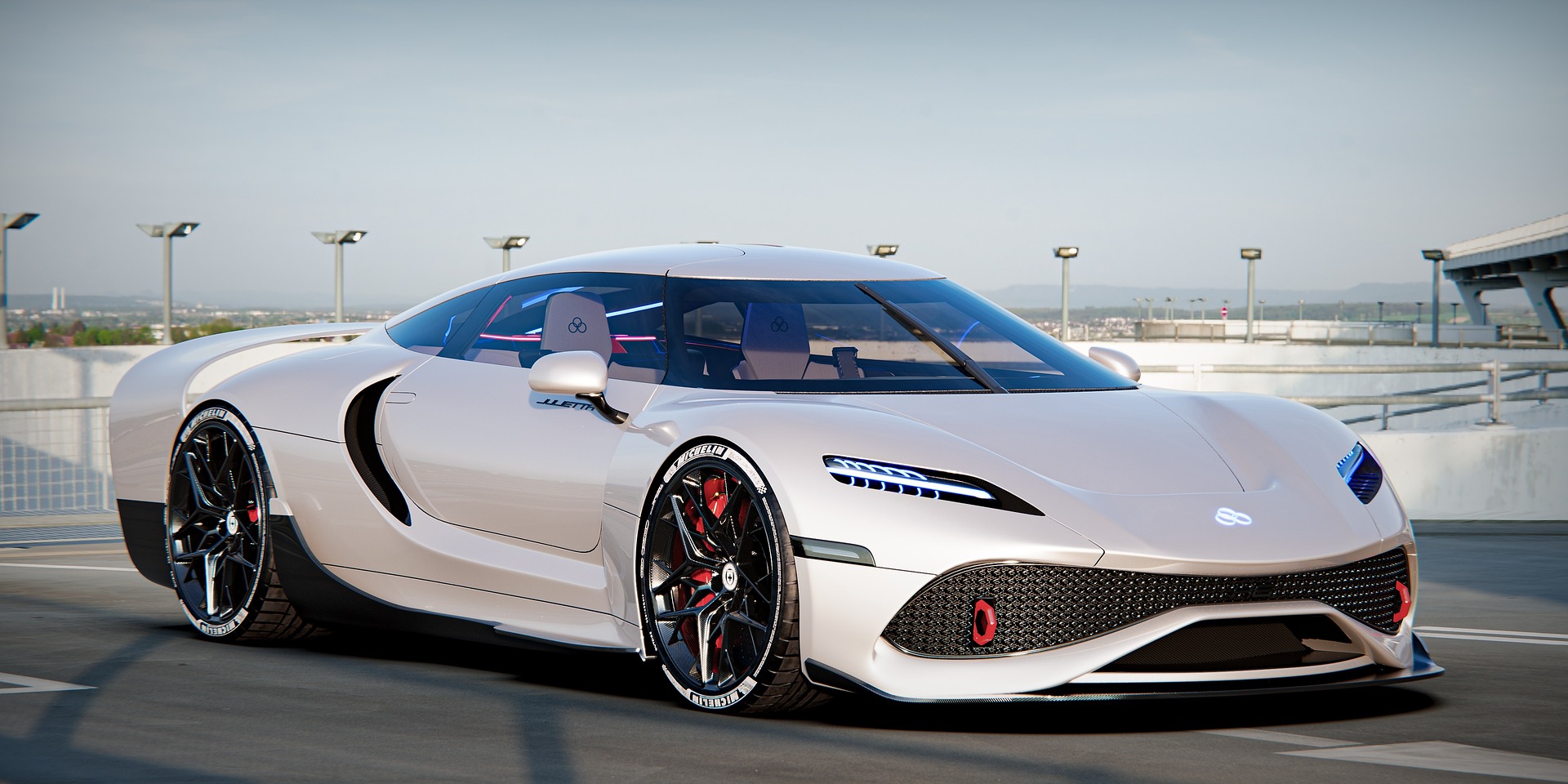Hydrogen-Powered Supercars: The Next Frontier of High-Performance
The world of high-performance automobiles is on the brink of a revolutionary shift. As environmental concerns grow and traditional fossil fuels face increasing scrutiny, automotive engineers and designers are turning to alternative power sources. Among these, hydrogen fuel cell technology is emerging as a promising contender, especially in the realm of supercars. This article delves into the exciting world of hydrogen-powered supercars, exploring their potential to redefine speed, performance, and sustainability in the automotive industry.

Engineering Challenges and Innovations
Developing hydrogen-powered supercars presents unique engineering challenges. The need to store hydrogen safely at high pressures requires innovative tank designs and materials. Engineers are working on carbon fiber-reinforced tanks that can withstand the pressures required while remaining lightweight. Additionally, fuel cell stacks must be optimized for high power output without compromising efficiency or durability.
Performance Characteristics of Hydrogen Supercars
Hydrogen fuel cells offer several advantages for high-performance applications. The instant torque provided by electric motors, coupled with the high energy density of hydrogen, allows for blistering acceleration and top speeds. Moreover, the ability to place fuel cells and electric motors strategically in the vehicle enables optimal weight distribution and handling characteristics, crucial for supercar performance.
Environmental Impact and Sustainability
One of the most compelling aspects of hydrogen-powered supercars is their potential for zero emissions. When hydrogen is produced using renewable energy sources, the entire lifecycle of these vehicles can be carbon-neutral. This aligns with growing consumer demand for environmentally responsible high-performance vehicles and could help supercar manufacturers meet increasingly stringent emissions regulations.
The Road Ahead: Challenges and Opportunities
Despite the promise of hydrogen-powered supercars, significant hurdles remain. The lack of widespread hydrogen refueling infrastructure is a major obstacle to widespread adoption. Additionally, the cost of fuel cell technology remains high, though economies of scale could bring this down as production volumes increase. Supercar manufacturers investing in hydrogen technology may play a crucial role in driving innovation and reducing costs across the automotive industry.
Pioneering Manufacturers and Concept Cars
Several luxury and performance car manufacturers are already exploring hydrogen fuel cell technology for supercars. Concept vehicles showcasing sleek designs and impressive performance figures have been unveiled at international auto shows, generating excitement among enthusiasts and industry observers alike. These concepts serve as technology demonstrators and signal the industry’s commitment to exploring alternative powertrains for high-performance applications.
The Impact on Racing and Motorsports
The development of hydrogen-powered supercars could have far-reaching implications for motorsports. Formula 1 has already announced plans to explore synthetic fuels, and hydrogen could offer another avenue for sustainable high-performance racing. The unique characteristics of hydrogen powertrains, such as instant torque and the potential for rapid refueling, could lead to exciting new racing formats and strategies.
Consumer Perception and Market Potential
As awareness of environmental issues grows, the market for sustainable high-performance vehicles is expanding. Hydrogen-powered supercars could appeal to environmentally conscious enthusiasts who are unwilling to compromise on performance. However, educating consumers about the benefits and safety of hydrogen technology will be crucial for market acceptance.
Collaboration and Industry Partnerships
The development of hydrogen-powered supercars is driving collaboration across industries. Automakers are partnering with energy companies, technology firms, and materials scientists to overcome technical challenges and build the necessary infrastructure. These partnerships could accelerate innovation and bring hydrogen-powered vehicles to market more quickly.
The Future of Supercar Design
Hydrogen fuel cell technology could revolutionize supercar design. The compact nature of fuel cells and electric motors allows for greater flexibility in vehicle layout, potentially leading to innovative aerodynamic designs and interior configurations. This could usher in a new era of supercar aesthetics, blending form and function in unprecedented ways.
In conclusion, hydrogen-powered supercars represent an exciting frontier in automotive engineering. They offer the potential to combine thrilling performance with environmental responsibility, addressing the twin demands of enthusiasts and regulators. While challenges remain, the ongoing development of this technology could reshape the landscape of high-performance vehicles and contribute to a more sustainable automotive future. As manufacturers continue to invest in research and development, we may soon see hydrogen-powered supercars not just on concept pedestals, but on roads and racetracks around the world.





